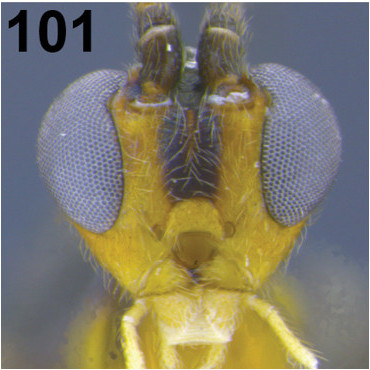|
Dimeris
''Dimeris'' is a genus of insects belonging to the family Braconidae The Braconidae are a family of parasitoid wasps. After the closely related Ichneumonidae, braconids make up the second-largest family in the order Hymenoptera, with about 17,000 recognized species and many thousands more undescribed. One analysis .... The species of this genus are found in Northern Europe and North America. Species: * '' Dimeris mira'' Ruthe, 1854 References Braconidae Braconidae genera Monotypic Hymenoptera genera {{braconidae-stub ... [...More Info...] [...Related Items...] OR: [Wikipedia] [Google] [Baidu] |
Braconidae
The Braconidae are a family of parasitoid wasps. After the closely related Ichneumonidae, braconids make up the second-largest family in the order Hymenoptera, with about 17,000 recognized species and many thousands more undescribed. One analysis estimated a total between 30,000 and 50,000, and another provided a narrower estimate between 42,000 and 43,000 species. Classification The Braconidae are currently divided into about 47 subfamilies and over 1000 genera, which include ''Aerophilus'', ''Aleiodes'', ''Apanteles'', ''Asobara'', ''Bracon (wasp), Bracon'', ''Cenocoelius'', ''Chaenusa'', ''Chorebus'', ''Cotesia'', ''Dacnusa'', ''Diachasma'', ''Dimeris'', ''Microgaster'', ''Opius'', ''Parapanteles'', ''Phaenocarpa'', ''Spathius'', and ''Syntretus.'' These fall into two major groups, informally called the cyclostomes and noncyclostomes. In cyclostome braconids, the Labrum (arthropod mouthpart), labrum and the lower part of the Clypeus (arthropod anatomy), clypeus are concave ... [...More Info...] [...Related Items...] OR: [Wikipedia] [Google] [Baidu] |
Insects
Insects (from Latin ') are hexapod invertebrates of the class Insecta. They are the largest group within the arthropod phylum. Insects have a chitinous exoskeleton, a three-part body (head, thorax and abdomen), three pairs of jointed legs, compound eyes, and a pair of antennae. Insects are the most diverse group of animals, with more than a million described species; they represent more than half of all animal species. The insect nervous system consists of a brain and a ventral nerve cord. Most insects reproduce by laying eggs. Insects breathe air through a system of paired openings along their sides, connected to small tubes that take air directly to the tissues. The blood therefore does not carry oxygen; it is only partly contained in vessels, and some circulates in an open hemocoel. Insect vision is mainly through their compound eyes, with additional small ocelli. Many insects can hear, using tympanal organs, which may be on the legs or other parts of the b ... [...More Info...] [...Related Items...] OR: [Wikipedia] [Google] [Baidu] |

